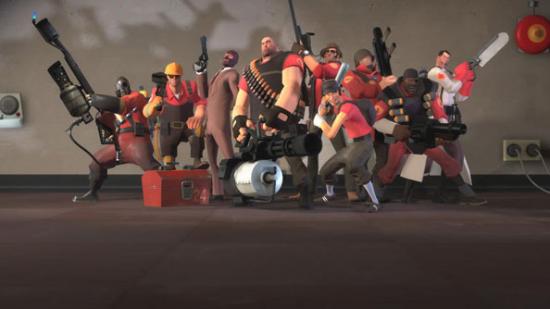“If you want to get a developer’s attention, all you need to do is start dropping whole numbers,” says Nvidia’s Ashu Rege. “Offer something that’s not 1.2 times better – but two or three times better – you know you’ve got them.”
That’s why a good news supergroup, made up of representatives from Nvidia, AMD and Intel, took the GDC stage this week to tell developers about some recent OpenGL implementations. By plumping for the “vendor-neutral” Direct3D equivalent, they said, developers can squeeze seven-to-15-times better performance from their games.
Nvidia’s Cass Everitt and John McDonald, AMD’s Graham Sellers and Intel’s Tim Foley all appeared on a GDC panel to explain the “high-level concepts” available to developers in contemporary OpenGL implementations.
Those implementations can reportedly reduce driver overhead by up to 10 times – dramatically improving in-game performance in kind – with a “little tuning”.
“On desktop systems, driver overhead can decrease frame rate,” wrote Nvidia’s Rege. “OpenGL can cut through the driver overhead that has been a frustrating reality for game developers since the beginning of the PC game industry.”
In contrast to the recent trend for manufacturer-specific improvements like AMD’s Mantle API, developers can adopt these techniques knowing they’ll apply to all of their players, no matter which graphics card they happened to buy two years ago.
The panelists brought demos to show the improvements at work on “real world systems”. We can’t see those, unfortunately – but we can take a look at the (developer-centric, fairly hardcore) slides from the talk below.
If developers adopt technology that means hardware-agonostic performance improvements for us – that can only be a good thing, right?
Thanks, Reddit.
